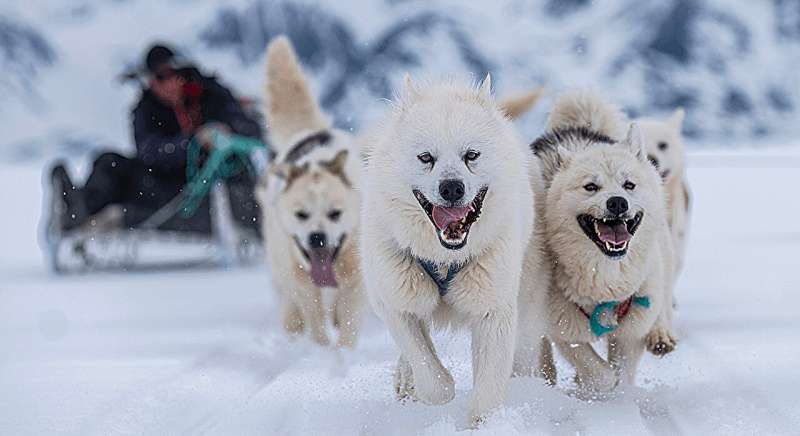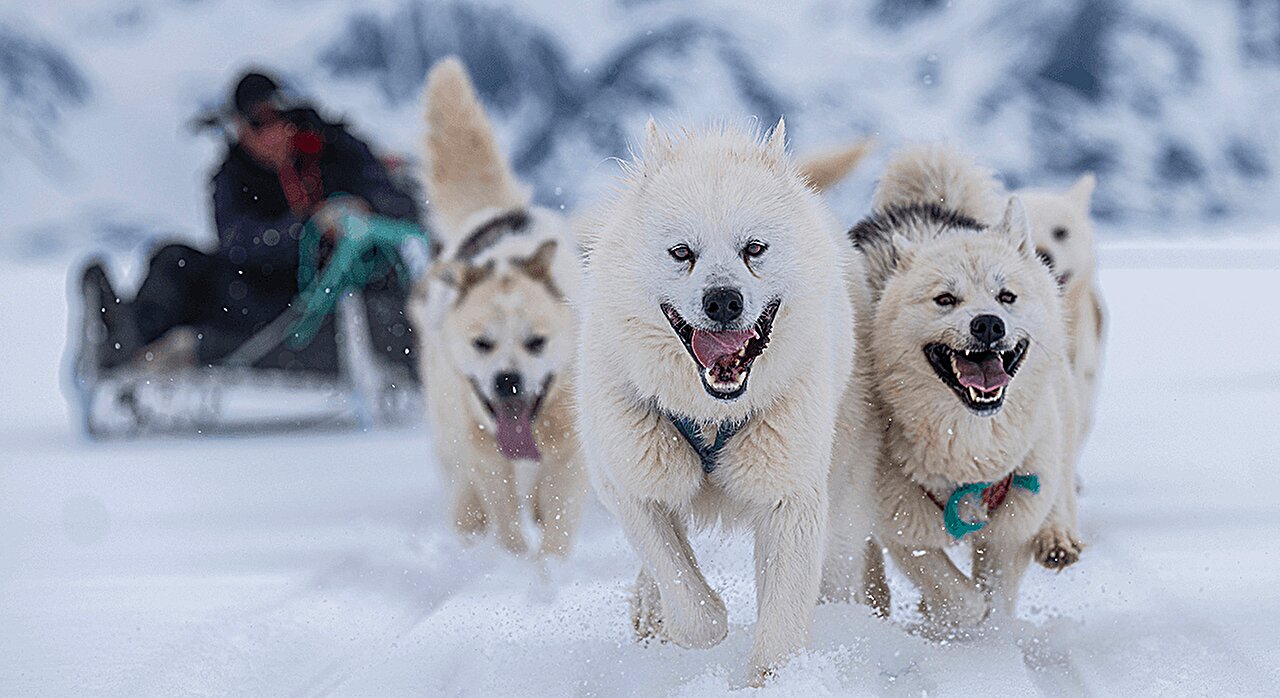
Dog skeletons and fur decorations on historical anoraks are among the researchers’ sources of ancient DNA. Credit: Carsten Egevang
The Inuit arrived in Greenland several hundred years earlier than previously believed, according to a study that mapped the genetics of sled dogs conducted by researchers from institutions including the University of Copenhagen.
For many of us, dogs are our best friends, but in Greenland, sled dogs have for centuries been more than just loyal companions: they are an indispensable workforce, partners in hunting and pullers of sleds across the country’s icy terrain.
Now, the genome of sled dogs is rewriting part of Greenland’s history. In the new study published in Science, researchers have for the first time found genetic evidence that the ancestors of today’s Greenlandic population traveled with their dogs from Canada to the large island several hundred years earlier than previously assumed.
“Until now, we believed the Inuit arrived in Greenland 800 years ago, but the sled dog genome shows that there was already an earlier wave of immigrants 200–300 years before that,” says Anders Johannes Hansen, professor at the University of Copenhagen’s GLOBE Institute and one of the researchers behind the study.
Genes reveal evolutionary history
Over the roughly 1,000 years that Inuit and sled dogs have lived together in Greenland, their histories have become deeply intertwined. As a result, the dogs’ collective genetic material reveals important details about the movements of early Inuit populations.
By examining how closely related the dogs are to each other and to their shared North American ancestors, researchers gain insights into when the break from Canada occurred and when groups of sled dogs, together with humans, settled in different regions of Greenland.
“We’re tracing human migration through their sled dogs, which—combined with archaeological findings—provides a better overall understanding of developments over several centuries,” says Tatiana Feuerborn of the University of Copenhagen and the U.S. National Institutes of Health, lead author of the study.
“This is the first time we’ve had genetic evidence to pinpoint when the Inuit arrived, and that they subsequently split into four groups that settled in isolated regions,” Feuerborn explains.
The dogs’ genome reflects not only geographical changes but also periods when sled dog populations declined due to disease or hunger—patterns that researchers can read in the DNA.
Climate change and snowmobiles threaten sled dogs
Although sled dogs and Greenland are deeply connected, their numbers are dwindling year by year. Climate change and the rise of snowmobiles are partly to blame for the decline of these traditional working animals.
“Due to the retreat of sea ice, sleds can only be used during shorter periods of the year and in more limited areas. Combined with the use of snowmobiles, this means fewer people keep sled dogs,” says Anders Johannes Hansen.
“If we want to preserve sled dogs in the future, we need data on what a genetically healthy population looks like—and that’s what this study provides,” he adds.
More information:
T. R. Feuerborn et al, Origins and diversity of Greenland’s Qimmit revealed with genomes of ancient and modern sled dogs, Science (2025). DOI: 10.1126/science.adu1990
Provided by
University of Copenhagen
Citation:
Sled dog DNA reveals hidden chapter in Greenland’s history (2025, August 23)
retrieved 24 August 2025
from https://phys.org/news/2025-08-sled-dog-dna-reveals-hidden.html
This document is subject to copyright. Apart from any fair dealing for the purpose of private study or research, no
part may be reproduced without the written permission. The content is provided for information purposes only.
